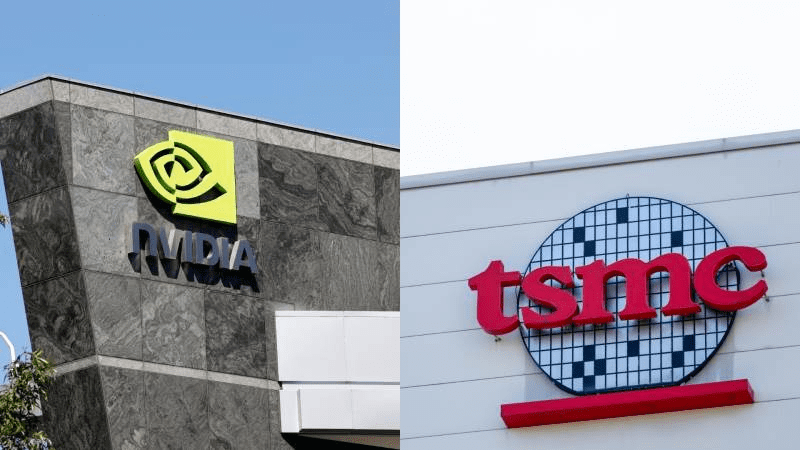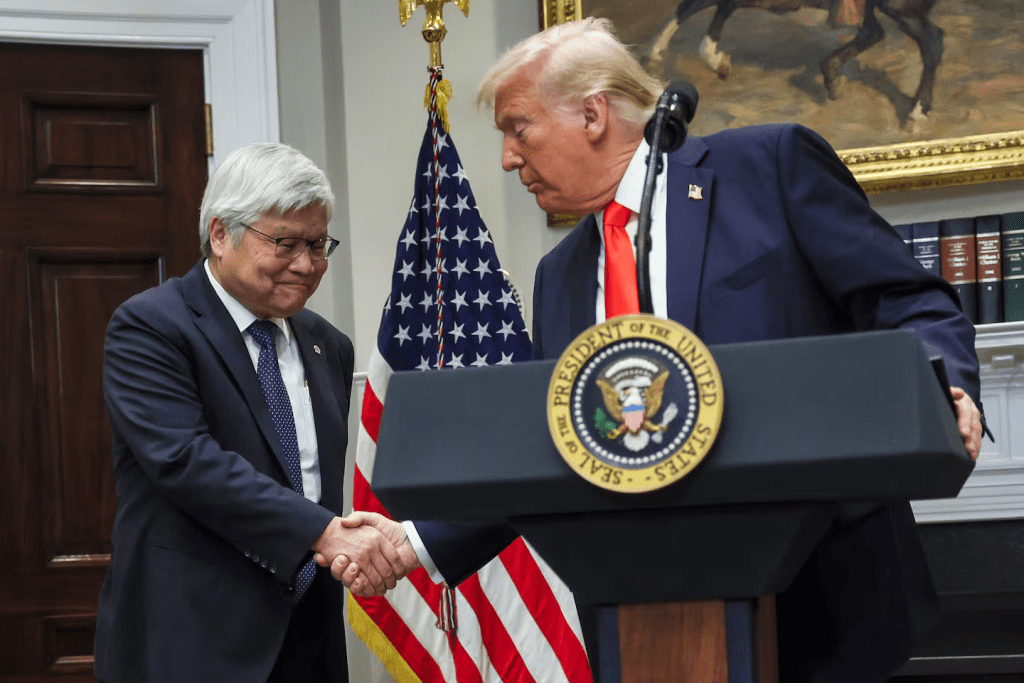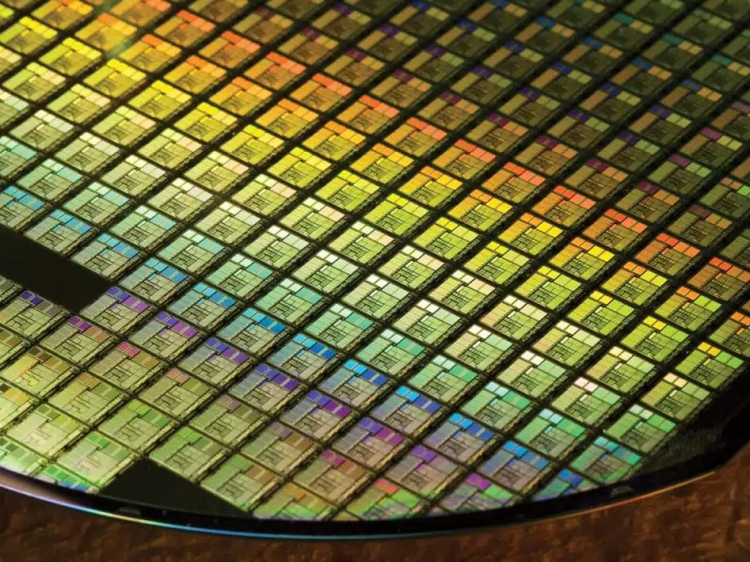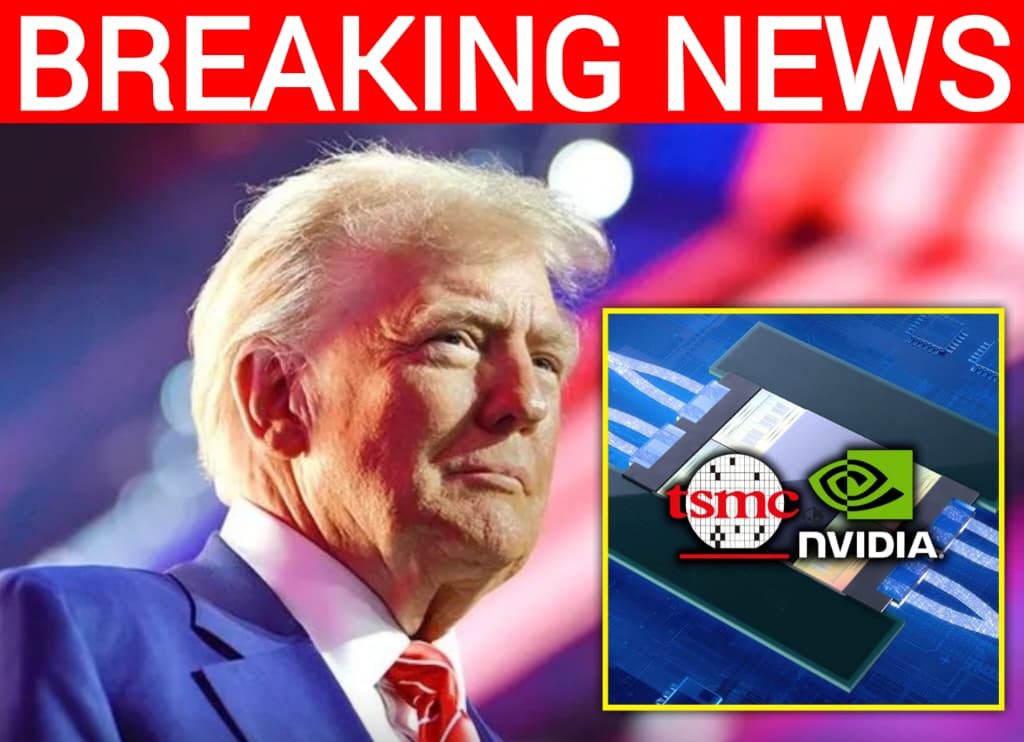Historic Breakthrough: NVIDIA and TSMC Produce Their First American-Made Blackwell Chip Wafer in Arizona, Delivering on Trump’s Promise to Bring Advanced Tech Jobs Back Home
In a landmark moment for American technology and manufacturing, chip giants NVIDIA and TSMC have announced the production of their first U.S.-made AI chip wafer — a groundbreaking achievement that signals a new era of domestic semiconductor manufacturing. The wafer, built at TSMC’s cutting-edge Arizona fabrication plant, represents a turning point in the nation’s efforts to reduce reliance on overseas chip production and bolster national security in the race for artificial intelligence dominance.

The announcement comes as a direct fulfillment of President Donald Trump’s long-stated goal to bring high-tech manufacturing back to American soil. Trump’s trade policies, tariffs, and pressure campaigns on foreign producers laid the groundwork for the manufacturing realignment that helped accelerate this outcome. While the $65 billion Arizona project received bipartisan support through the CHIPS and Science Act of 2022, industry analysts widely acknowledge that Trump’s earlier push for U.S.-based production and his tough stance on China’s technology exports were pivotal in creating the conditions for this milestone.
According to Axios, the new wafer — part of NVIDIA’s advanced Blackwell AI chip line — will play a critical role in the growing AI ecosystem, serving as the foundation for next-generation processors used in data centers, defense systems, and autonomous technologies. The companies highlighted that the project will generate thousands of high-tech jobs and attract a broad network of suppliers and partner firms, creating what experts are calling a “Silicon Desert” in Arizona.

TSMC, the world’s largest semiconductor manufacturer, confirmed that its Arizona operations have now reached early-stage production, years ahead of schedule. The company’s Arizona fabs were initially projected to begin output in 2027, but thanks to accelerated investments, the first wafer rollout has been completed in 2025 — a significant achievement in one of the most technically demanding industries in the world. NVIDIA, whose AI chips power everything from ChatGPT-style models to military-grade computing systems, hailed the announcement as a “transformational moment for U.S. technology independence.”
The move comes at a time when global semiconductor supply chains remain fragile amid ongoing tensions between China, Taiwan, and the United States. With over 90% of the world’s most advanced chips previously made in Taiwan, the Arizona wafer represents a crucial step toward insulating the U.S. economy from foreign disruptions. Industry experts note that this achievement sends a strong signal to competitors that America is reasserting leadership in semiconductor innovation — an area long dominated by East Asian production.

Economically, the impact could be profound. The Arizona plant is expected to create more than 10,000 skilled jobs directly and tens of thousands more across supplier networks, research centers, and logistics hubs. Analysts say the project could inject billions into the U.S. economy, transforming Arizona into one of the world’s top semiconductor hubs alongside Taiwan and South Korea.
Politically, the timing could not be more significant. With Trump emphasizing “Made in America” success stories as proof of his economic policies, the NVIDIA-TSMC collaboration is being widely viewed as a validation of his administration’s vision for technological self-reliance. Conservative commentators have already hailed the development as a “Trump-era comeback story,” linking it to his early efforts to impose tariffs and restrict exports to adversarial nations in order to protect U.S. innovation.

Even critics of the administration concede that reshoring semiconductor production was an urgent necessity. As the global demand for AI chips continues to soar, the ability to produce them domestically could reshape U.S. competitiveness for decades. While full-scale production will still take years to ramp up, this first wafer marks the beginning of a shift that has both economic and strategic consequences.
For now, the Arizona wafer stands as a symbol — proof that America can still lead in building the future. What was once seen as a long-term goal has become a present-day reality, thanks to the combined force of industrial investment, national vision, and policy-driven momentum. As the first American-made AI wafer rolls off the production line, the message is clear: the era of dependence on foreign chipmaking is ending, and the next generation of innovation will be built right here in the United States.



